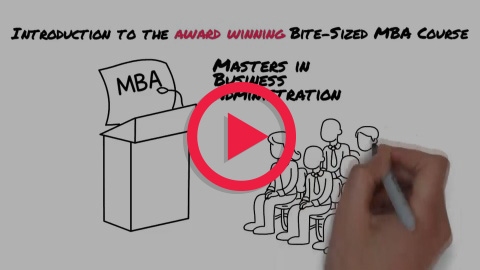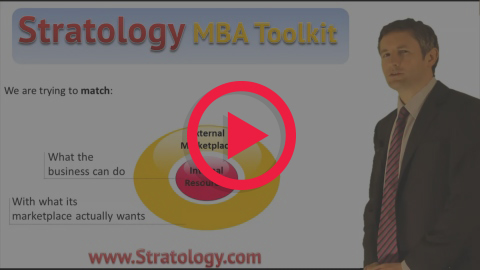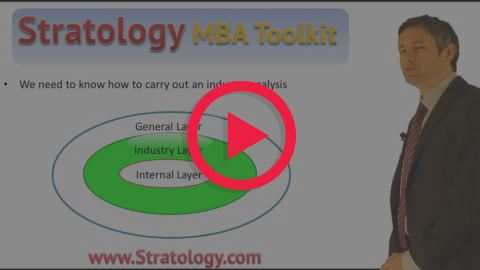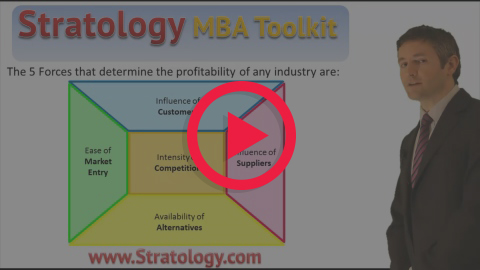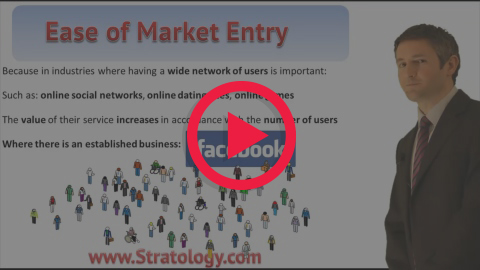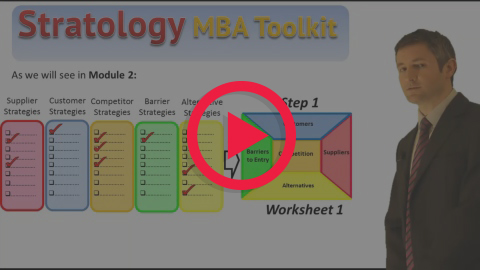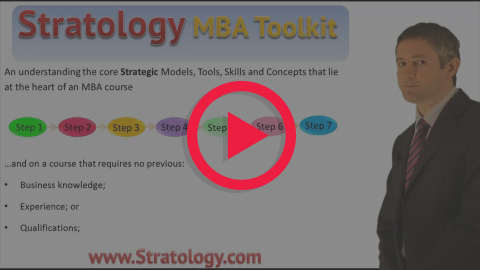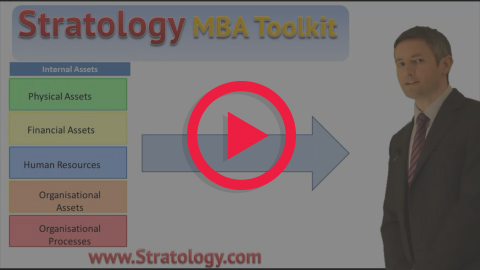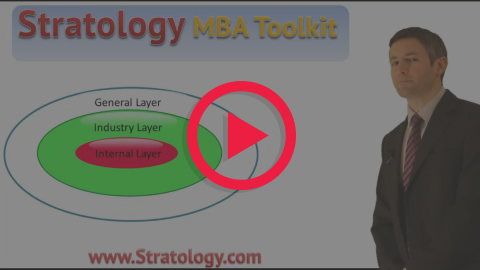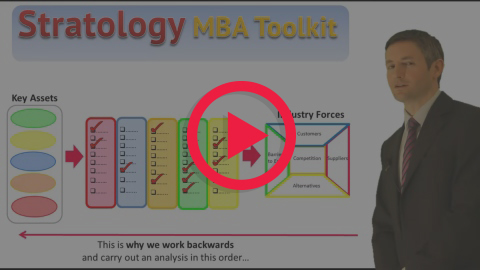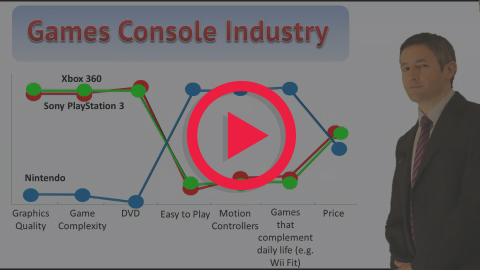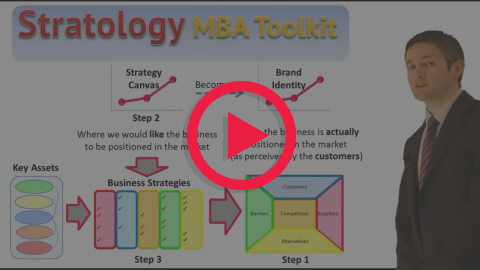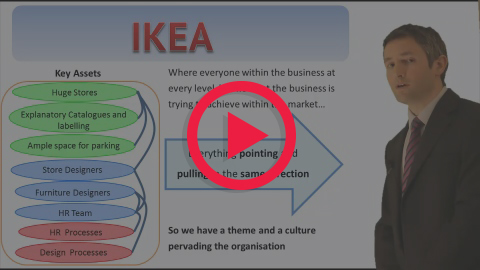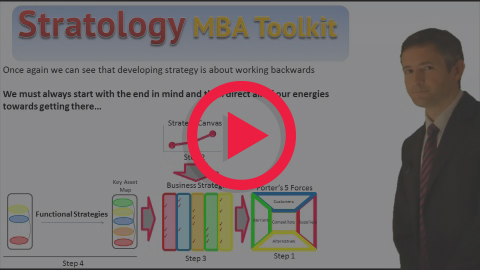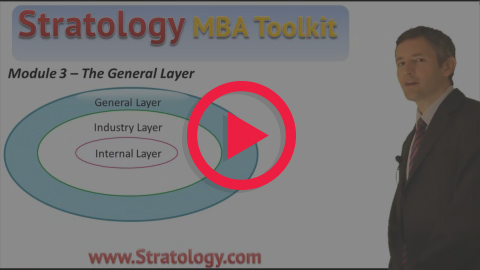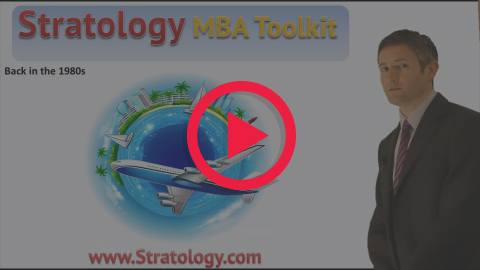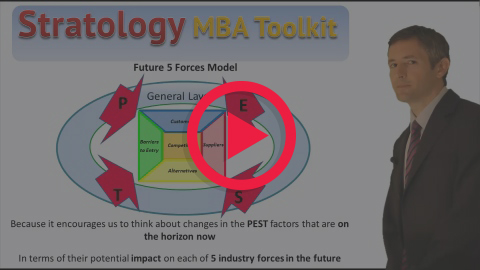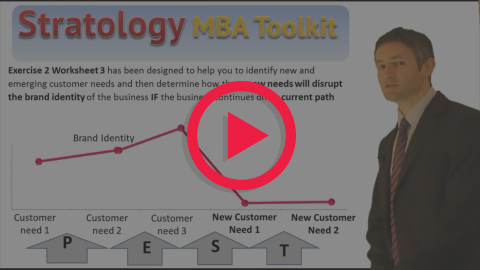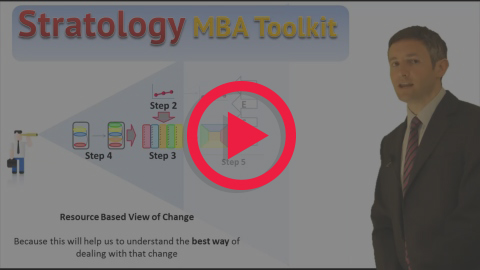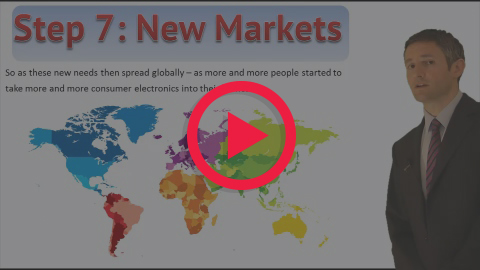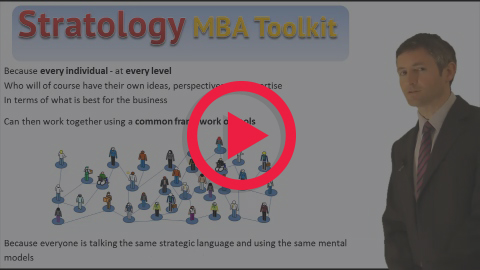Online MBA
Video 1.0
Duration: 4.11
Introduction to Stratology
Please watch this video before commencing the course. The video explains why it is important for a diverse group of individuals within an organisation to have consistent understanding of the core MBA frameworks and methodologies.
Video 1.1
Duration: 8 minutes 29 seconds
Course content and structure
This introductory video explains the Modern Theory of Business Strategy and The Three Layers of Strategic Analysis and in so doing it sets out the content and structure of this bite-sized MBA course.
Bonus materials
Video 1.2
Duration: 3 minutes 15 seconds
How to very quickly analyse any Industry (Part 1)
This video is the first of three parts where we start to examine how to analyse an industry. Have a go at the exercise at the end of this video and try to list the 10 industries in order of their profitability. Answers will be provided at the start of the next video.
Video 1.3
Duration: 10 minutes 9 seconds
How to very quickly analyse any Industry (Part 2)
In this video we start to look at the 5 forces that determine the profitability of an industry. These are referred to as Porter's 5 Forces. We initially focus on the first 3 forces: (1) The Influence of Customers (2) Influence of Suppliers and (3) Intensity of Competition.
Video 1.4
Duration: 14 minutes 54 seconds
How to very quickly analyse any Industry (Part 3)
Here we concentrate on the final two forces that determine profitability: (4) The Availability of Alternatives; and (5) The Ease of Market Entry. This completes our look at how to carry out an industry analysis. This is Step 1 and is the first step we always go through in developing strategy for any business
Video 1.5
Duration: 11 minutes 13 seconds
How to use an industry analysis to develop strategy
This video will provide you with a guide to identifying the critical factors for success within your industry. Having watched this video complete Worksheet 1 (below). Ideally working with colleagues so that you can start to develop your strategies collaboratively.
Bonus materials
Video 1.6
Duration: 6 minutes 47 seconds
Next Steps
This is the final video in Module 1. Here we briefly set out the various additional steps that a business must through before it can develop the best strategies for a business. These steps will form the basis for the rest of the course and be covered in quite some depth in Module 2 and Module 3.
Additional Content
Have a go at this worksheet in order to apply the concepts taught in the above videos to the industry in question.
This provides reference details to the key books and articles referred to in Module 1 in case you wish to do any additional reading
Video 2.1
Duration: 9 minutes 10 seconds
Introduction to the Internal Layer
In this video we establish how we can classify the assets within any business by putting them into specific categories. We also consider why the assets within a business cannot be considered independently of the competitive environment in which that business operates. The Industry Layer and Internal Layer are interrelated.
Video 2.2
Duration: 6 minutes 29 seconds
Case Study 1
We apply the principles looked at in Video 2.1 to a case study. This explains how South West Airlines has used its internal assets to overcome its industry forces and thereby become the most profitable short haul airline in the world. This helps us to start thinking about how we can identify the key assets within a business.
Bonus materials
- Bonus Videos for Professionals - Video 3
Video 2.3
Duration: 2 minutes 57 seconds
An Introduction to Step 2
Here we see that having carried out an industry analysis, before we are really ready to select the best strategies for a business or identify the Key Assets that need to be place (in order to execute those strategies) there is actually another step that we need to go through.
Video 2.4
Duration: 12 minutes 49 seconds
The Strategy Canvas - Step 2
Our next step is to draw a strategy Canvas (Step 2). This helps us to graphically represent the customer needs that the business seeks to prioritize. We look at several examples of how to draw a strategy canvas. Having watched this video draw a Strategy Canvas for your business by completing Exercise 1 on Worksheet 2 (set out below).
Bonus materials
- Bonus Videos for Professionals - Video 4
Video 2.5
Duration: 9 minutes 31 seconds
Strategy Selection - Step 3
Now we are ready to select the best strategies for a business from the predefined lists. It is important that the strategies that we select are consistent with the Strategy Canvas. Having watch this video, select the best strategies for your business from the predefined lists of strategies at Exercise 2 Worksheet 2. Strategy Selection is Step 3.
Bonus materials
- Bonus Videos for Professionals - Video 5
Video 2.6
Duration: 11 minutes 16 seconds
Case Study 2
To consolidate the learning we apply all the principles looked at so far on the course to a case study (IKEA). We see that any strategy must be based upon an internal layer properly equipped to execute that strategy otherwise it is nothing more than a marketing slogan or trick shot which is indefensible against the competition and transparent to the customers
Bonus materials
- Bonus Videos for Professionals - Video 6
Video 2.7
Duration: 14 minutes 29 seconds
Key Asset Maps and Functional Strategies - Step 4
In this video we see that identifying Key Assets and determining how to put them in place (referred to as Functional Strategies) both form part of Step 4. Print out and complete Exercise 3 Worksheet 3 (below). This will help you to identify the Key Assets that need to be in place in your business and consider how to go about getting them there.
Bonus materials
Additional Content
Have a go at this worksheet in order to apply the concepts taught in the above videos to your business
This provides reference details to the key books and articles referred to in Module 2 in case you wish to do any additional reading
Video 3.1
Duration: 7 minutes
An Introduction to the General Layer
The Future 5 Forces Model - Step 5 (Part 1)
This is the first video in Module 3 and in this video we look at the importance of considering changes that take place in the General Layer in terms of their impact on the Five Industry Forces . This is achieved through the use of The Future Five Forces Model (Step 5 - Part 1).
Video 3.2
Duration: 7 minutes 20 seconds
Case Study
We apply the Future Five Forces Model to a case study (Filofax) in order to demonstrate how easy it is to misinterpret the real impact of changes in the General Layer unless such changes are understood in relative terms through the use of The Future Five Forces Model.
Video 3.3
Duration: 6 minutes 3 seconds
Further examples of the Future 5 Forces Model
We consider a range of additional examples of the application of the Future Five Forces Model. For example how to properly interpret changes in technologies, regulation and economic conditions (where we look at the 3 rules of recessions).
Bonus materials
- Bonus Videos for Professionals - Video 8
Video 3.4
Duration: 5 minutes 4 seconds
The Future Brand Identity Model - Step 5 (Part 2)
In addition to considering how changes in the General Layer impact on the industry forces we also need to determine how they can disrupt the brand identity of a business by creating new needs that have not been factored into a business's strategies. This is represented through use of The Future Brand Identity Model (Step 5 - Part 2)
Bonus materials
- Bonus Videos for Professionals - Video 9
Video 3.5
Duration: 9 minutes 10 seconds
Responding to Change and Building for the Future
The Resource Based View of Change - Step 6
Here we look at how a business can respond to change in a superior manner to the competition by building on top of its unique set of strengths. The is referred to as the Resource Based View of Change (Step 6). This highlights that because no two businesses are alike, no two businesses should respond in the same way to a changes in the General Layer.
Bonus materials
- Bonus Videos for Professionals - Video 10
Video 3.6
Duration: 10 minutes 45 seconds
Corporate Strategy - The Sweet Spot of Opportunity - Step 7
As well as using our understanding of how to deal with change by building on top of what the business is good at, a business should also use this understanding to identify new markets where it can also succeed based upon its core underlying set of strengths. Identifying where to compete in terms of new products / services and geographical markets is the Corporate Strategy and it is Step 7.
Bonus materials
Video 3.7
Duration: 8 minutes 17 seconds
A New Platform for Collaboration
When this step-by-step approach to developing strategy is shared throughout an organization it allows a wide range of individuals with different skill sets to work together to develop the best strategies for the business. This completes the course.
Additional Content
Have a go at this worksheet in order to apply the concepts taught in the above videos to your business
This provides reference details to the key books and articles referred to in Module 3 in case you wish to do any additional reading

